exoplanet.jpg" alt="" width="1368" height="1026" class="size-full wp-image-103641" /> An artist’s impression of the Proxima b exoplanet
Houston, MINA – Astronomers are investigating whether Proxima Centauri, the star nearest our solar system, may host an entire system of planets after they discovered it was surrounded by belts of dust.
The find suggests our nearest stellar neighbour could harbour a cloud of orbiting asteroids and potentially planets.
One Earth-like planet was discovered orbiting the red dwarf last year. Dubbed Proxima b, it resides in its star’s habitable zone and is roughly the size of our own world.
Enrique Macías was one of a team of astronomers who used Chile’s Atacama Large Millimeter Array (ALMA) telescope to detect the debris.
Also Read: New York Mayor-Elect Vows to Uphold ICC Arrest Warrant Against Netanyahu
He told The Verge: “So we think that whenever there is a planet around a star, there’s going to be some kind of asteroid belt as well.
“It’s just debris from the formation of the system. That’s what we were looking for.”
There may be up to three dust regions, he added. He said he was confident of discovering further planets.
The total mass of Proxima Centauri’s known dust belt is a small fraction of Earth’s and is very cold, at –230C.
Also Read: Trump Considers F-35 Jet Sale to Saudi Arabia
Dr Guillem Anglada-Escude led the 30-strong team that discovered Proxima b in 2016.
The Queen Mary, University of London academic said: “We hope these findings inspire future generations to keep looking beyond the stars. The search for life on Proxima b comes next.”
As the closest star outside our solar system, about 4.25 light years away, Proxima Centauri has been discussed as a potential destination for Earth’s first interstellar probes.
One contender includes Breakthrough Starshot, a project to create a light-sail spacecraft that could perform a flyby of the planet on its way to document the wider Alpha Centauri system. (T/RS5/RS1)
Also Read: US Special Envoy to Meet with Hamas Official
Mi’raj Islamic News Agency (MINA)





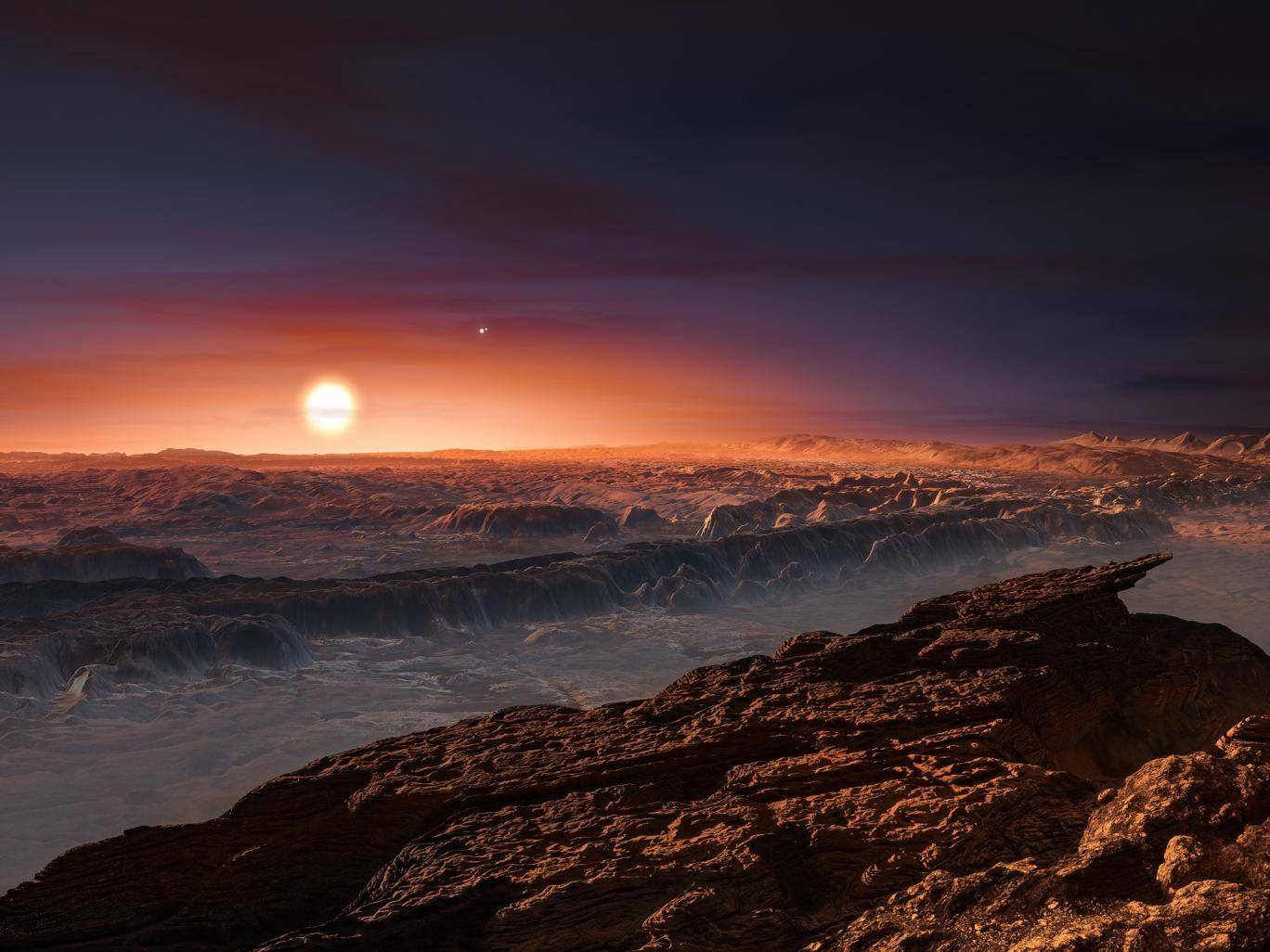









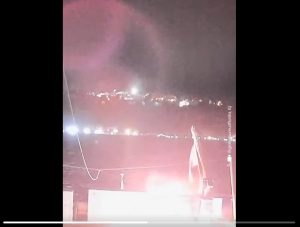
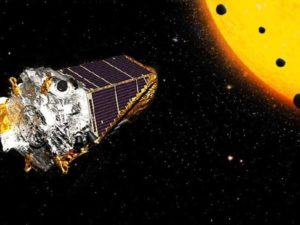
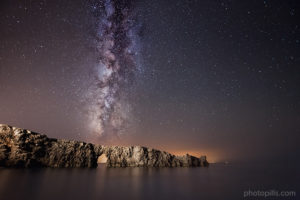
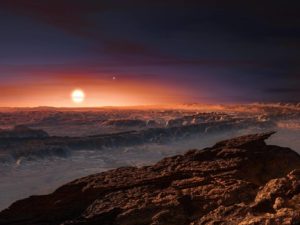
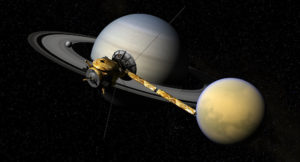
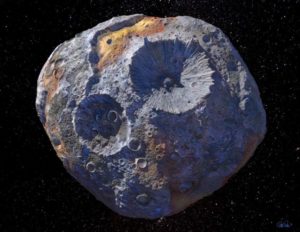





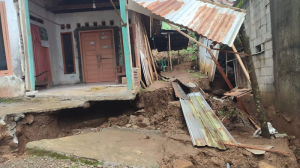






 Mina Indonesia
Mina Indonesia Mina Arabic
Mina Arabic